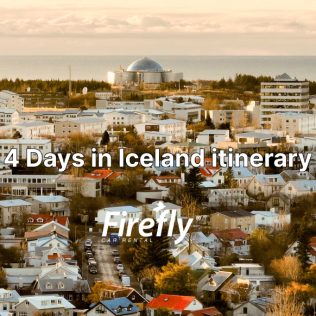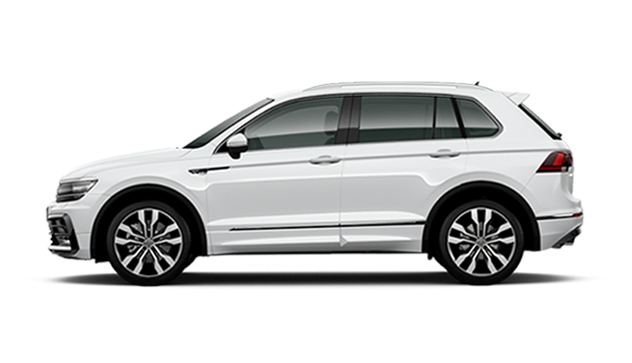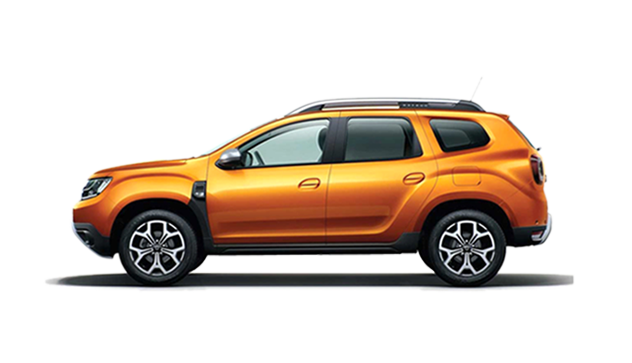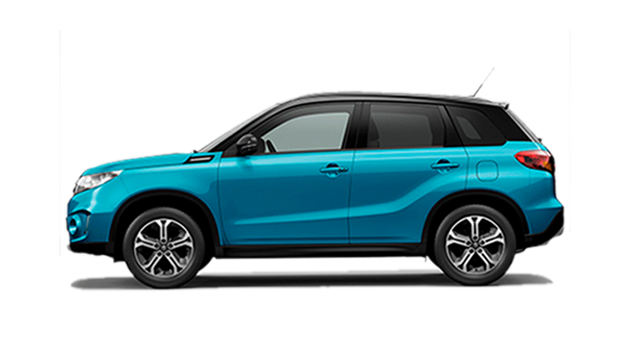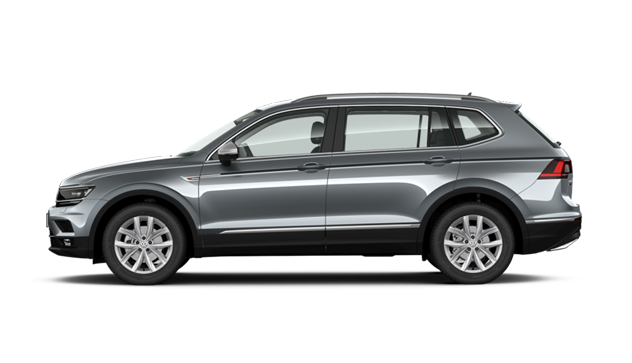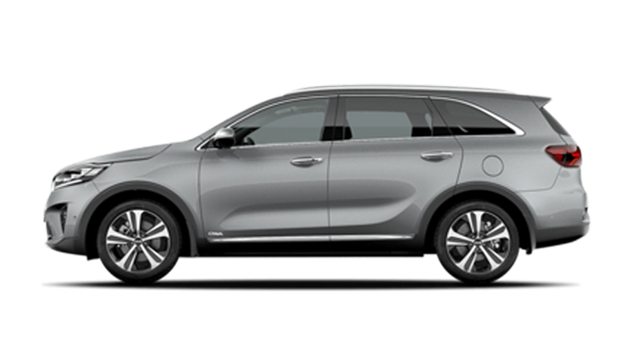Looking to visit the Land of Fire and Ice on a quick trip? Four days in Iceland is the perfect amount of time to see some of the country’s best sights. We’ll detail the key attractions you can comfortably visit in four days, using a rental car so that you can explore at your own pace.
Here’s your perfect four day Iceland itinerary!
Self-drive route map for 4 days in Iceland road trip
Day 1: Arrival in Iceland + Reykjavik Exploration
On your first day in Iceland, you’ll arrive at the Keflavik Airport. Located just south of the capital, Reykjavik, this is where most of the country’s car rental companies are based. Pick up your rental car from Firefly Iceland and make the 45 minute drive north to explore Reykjavik.
Just a few of the must-see sites include the Hallgrímskirkja Church, Harpa Concert Hall, and the Sun Voyager Sculpture. Don’t miss your chance to indulge in the country’s favorite, budget-friendly street food of Icelandic hot dogs at Bæjarins Beztu Pylsur.
We recommend you stay in Central Reykjavik for easy access to the city’s best attractions, restaurants, and nightlife. You’ll also find plenty of parking in the heart of the city.
If you still have some energy left over and you happen to be visiting sometime between November and March, head out on a northern lights self-drive tour in the evening.
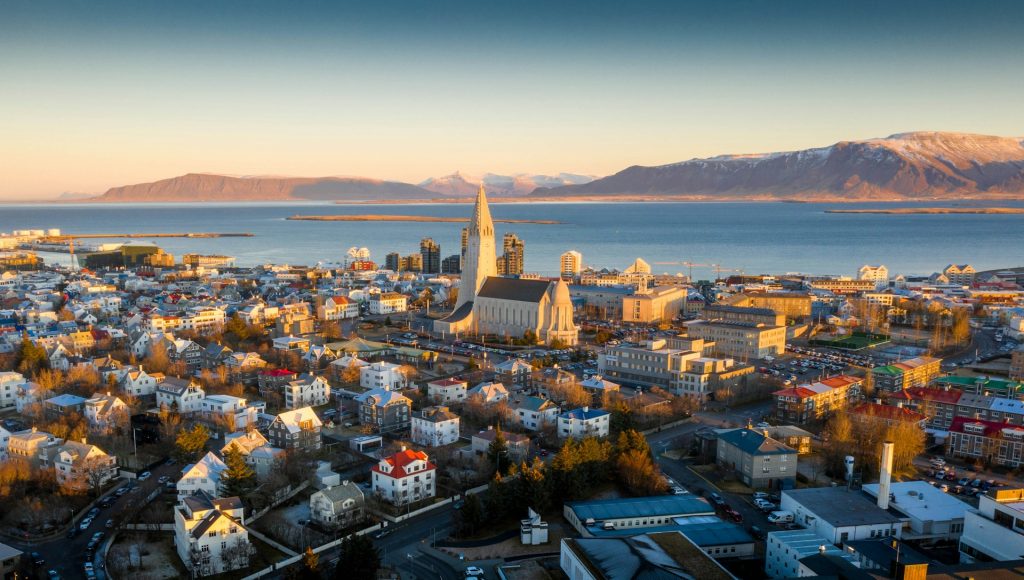
Day 2: Golden Circle Tour (Full Day)
Head out of Reykjavik early on your second day in the city, headed for the famous Golden Circle. This is one of the best self-drive adventures in Iceland and a popular day trip from Reykjavik, a 186-mile loop that starts in the capital.
Your first stop is Iceland’s Thingvellir National Park, a UNESCO World Heritage Site that’s known for its unique geology and ties to both Viking and Icelandic heritage. Here you can witness where the first Icelanders held important meetings and stand between the North American and Eurasian tectonic plates.
The second stop along the Golden Circle is the Geysir Geothermal Area to witness the Strokkur geyser erupt before continuing on to the mammoth Gullfoss Waterfall.
If time allows, you’ll also pass by the Kerið Volcanic Crater. Take a walk around the crater’s edge and admire its turquoise water before heading back to Reykjavik.
Spend the rest of your day relaxing at Sky Lagoon, Reykjavik’s answer to the Blue Lagoon with stunning oceanfront views.
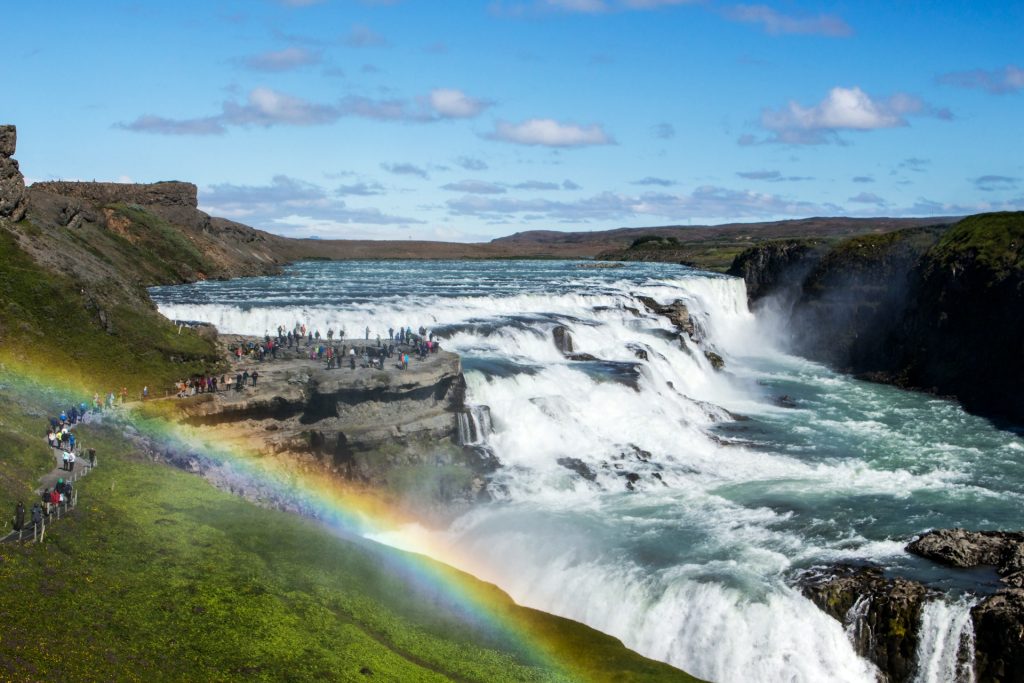
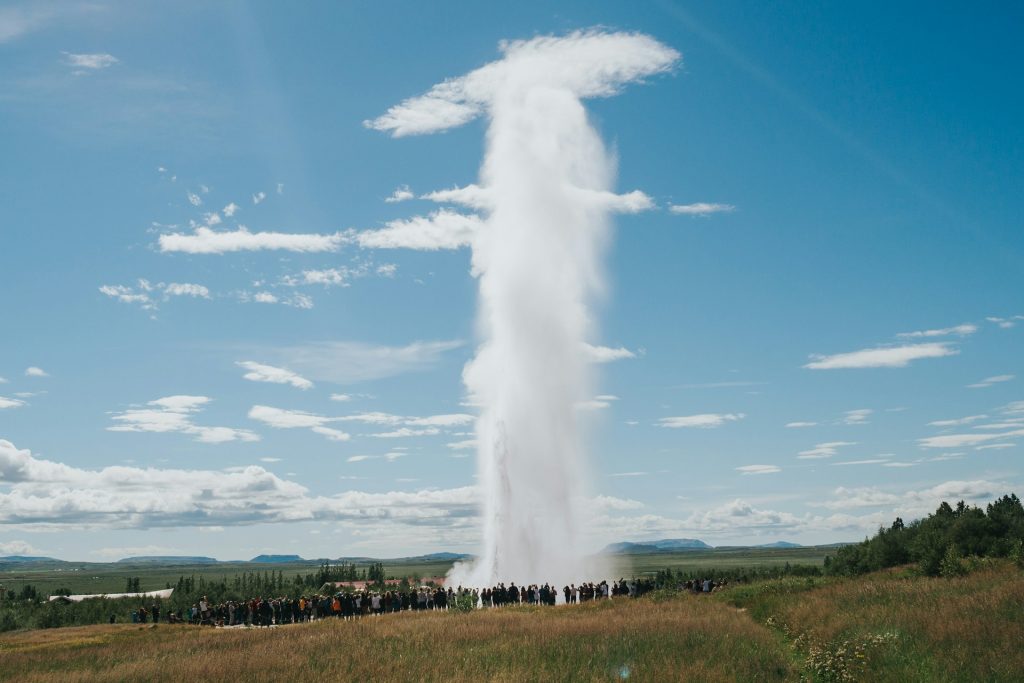
Day 3: South Coast Adventure (Full Day)
Summer version (when Iceland has almost 24 hours of daylight )
Summer on Iceland’s South Coast is truly spectacular, with nearly 24 hours of daylight allowing for extended exploration. Start early from Reykjavik and head south on Route 1, the famous Ring Road.
Begin your adventure at Seljalandsfoss and Skógafoss, two of Iceland’s most iconic waterfalls, both easily accessible from the main road. Take your time to admire their stunning beauty and capture some unforgettable photos.
From here, you have two options for the day:
- Recommended Option: Vik and Nearby Attractions
Explore Reynisfjara Black Sand Beach, the dramatic Dyrhólaey cliffs (a summer puffin hotspot), and the Sólheimajökull Glacier. Adventure seekers can hike to the DC-3 Plane Wreck, while history buffs will enjoy the charming village of Vik with its hilltop church and local dining options.
- Optional: Jökulsárlón Glacier Lagoon
Drive further to see the breathtaking Jökulsárlón Glacier Lagoon and Diamond Beach, with their floating icebergs and black sand. This 8-10 hour round trip is long and tiring, so ensure at least two drivers to share the journey safely.
Return to Reykjavik in the evening, stopping in Vik for dinner if taking the extended route. Both options promise unforgettable memories of Iceland’s South Coast.
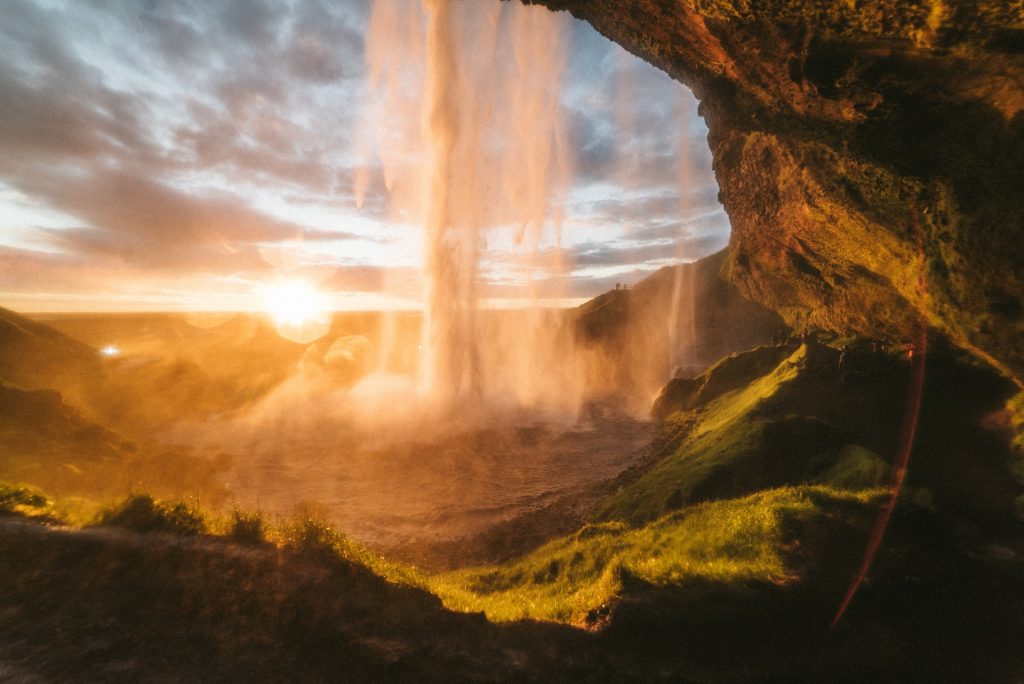
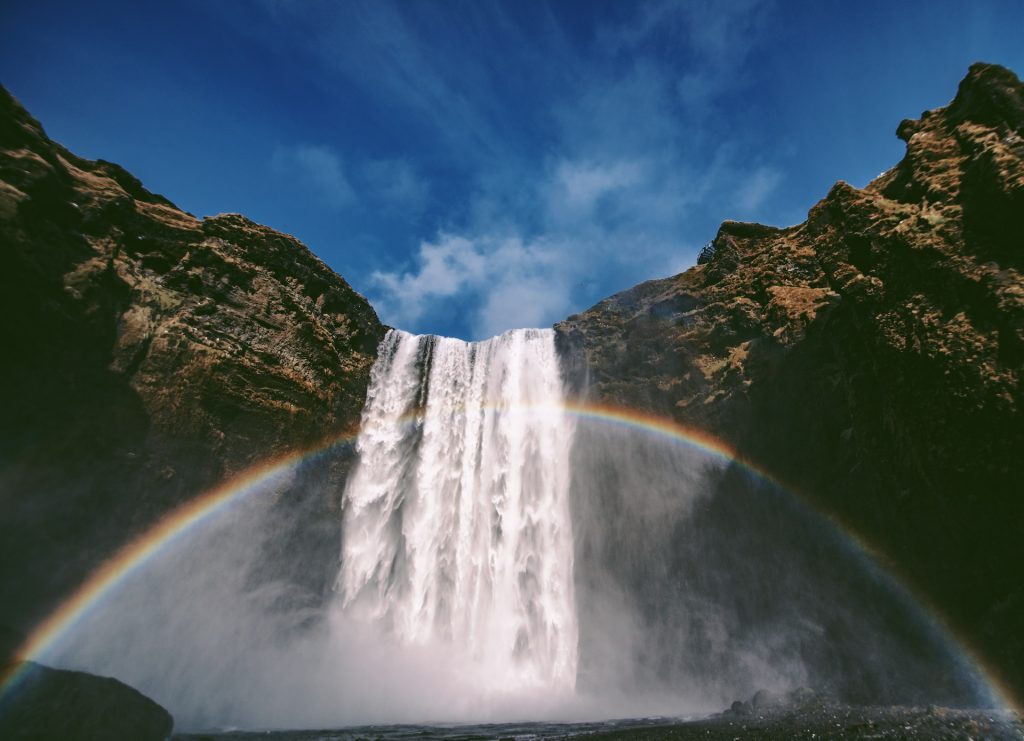
Winter version (when Iceland only a few hours of daylight )
Spend your day exploring Iceland’s stunning South Coast with a trip to Vik. Start with the iconic Seljalandsfoss and Skógafoss Waterfalls, both magical in winter with their icy surroundings. Continue to Reynisfjara Black Sand Beach, where the snow and black sand create a surreal winter landscape. Stay cautious of the strong waves.
In Vik, visit the picturesque Vik Church and enjoy a hearty Icelandic meal at a local restaurant. Begin your drive back to Reykjavik in the afternoon to ensure safe travel before dark, and check road.is for the latest conditions. Winter driving essentials include studded tires, warm clothing, and snacks for a smooth journey.
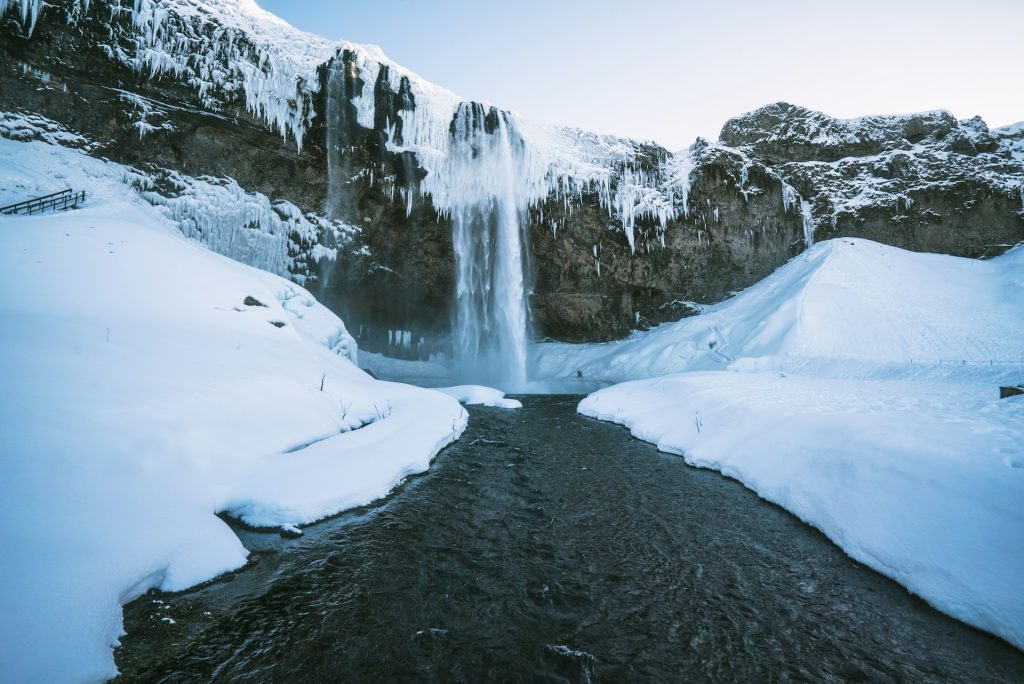
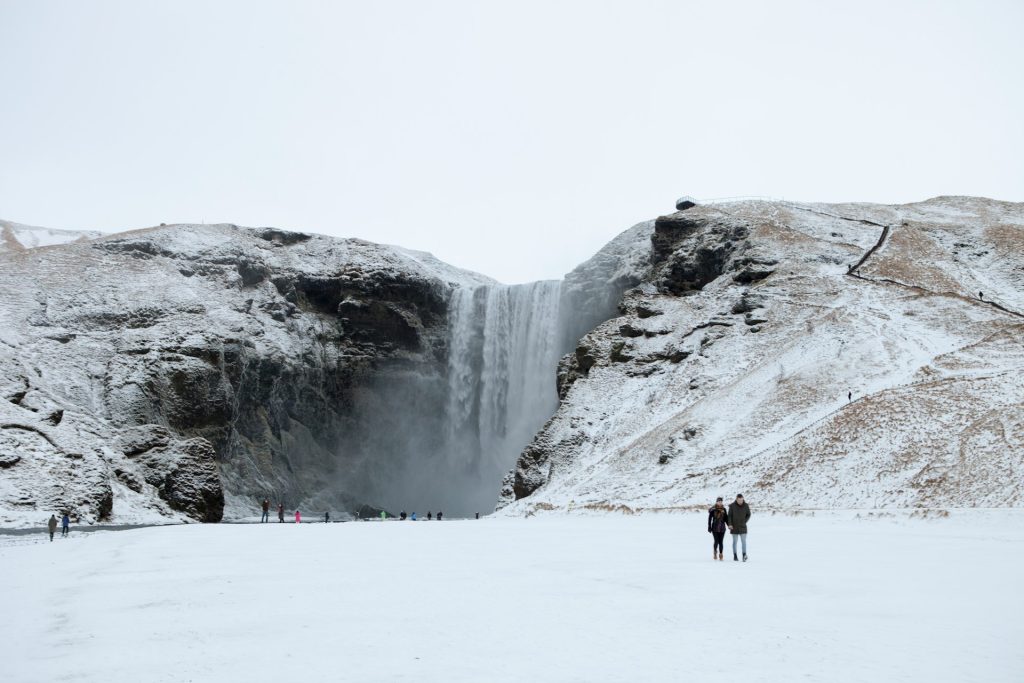
Day 4: Departure + Blue Lagoon
It’s your last day in Iceland and time for some R&R. Spend your final moments in Iceland at the Blue Lagoon, luxuriating in its heavenly geothermal water and spa treatments. Just 45 minutes from Reykjavik by car, and on the way to the Keflavik Airport, this is an ideal stop before you catch your flight home.
Drop off your rental car with Firefly Iceland at the Keflavik Airport and wave goodbye to the Land of Fire and Ice!
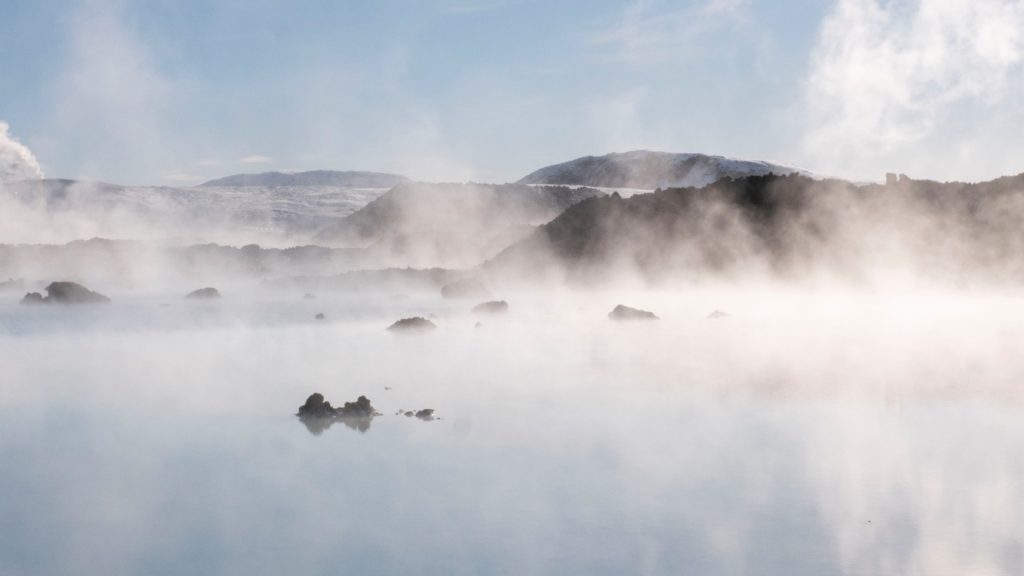
Practical Travel Tips for Your Iceland Road Trip
Seasonal Advice: What to Expect in Winter vs Summer in Iceland
Iceland offers two very distinct experiences depending on when you visit. Here’s a breakdown of what you can expect during each season and how to prepare for both:
Summer in Iceland (June – August):
- Weather: Summer is the peak tourist season in Iceland, with milder temperatures averaging between 10°C to 15°C (50°F to 59°F). The weather is relatively stable, and while it can be rainy at times, you won’t have to worry much about snow or extreme cold.
- Daylight Hours: One of the most magical aspects of summer in Iceland is the midnight sun. You’ll enjoy up to 24 hours of daylight in some parts of the country, meaning more time to explore the stunning landscapes. Expect about 18-20 hours of daylight in Reykjavik.
- Clothing: The summer climate calls for light layers, but always be prepared with a waterproof jacket and sturdy walking shoes as Iceland’s weather can be unpredictable. Don’t forget sunscreen – the midnight sun can be surprisingly strong!
- Budgeting for Summer: Iceland can be more expensive in the summer, especially for accommodations and activities. However, summer offers more options for outdoor activities like hiking, glacier tours, and visiting the famous Golden Circle. To budget wisely, consider renting a car for flexibility and book accommodations early to lock in better rates.
- Related readings: June in Iceland guide , July in Iceland guide, August in Iceland guide
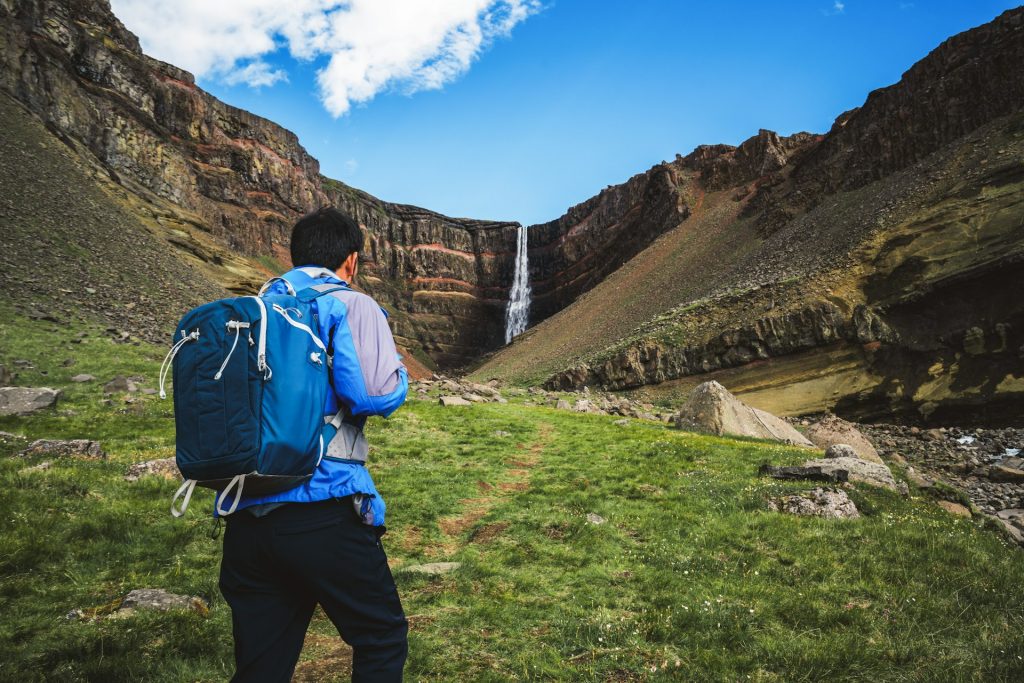
Winter in Iceland (November – March):
- Weather: Winter in Iceland is a completely different experience. Temperatures average between -1°C to 4°C (30°F to 40°F), but can feel colder with the wind chill. Snowstorms and icy roads are common, so prepare for more challenging driving conditions. Coastal areas like Reykjavik are generally milder than inland regions, but winter in Iceland can be unpredictable.
- Daylight Hours: In winter, daylight is limited, with only about 4-5 hours of daylight in Reykjavik. However, this means you have the chance to experience the Northern Lights – one of Iceland’s most breathtaking phenomena.
- Clothing: Dressing for winter in Iceland requires warm, layered clothing. We recommend a good thermal base layer, waterproof outer layers, and insulated footwear. Don’t forget gloves, hats, and scarves to keep cozy during your trips.
- Budgeting for Winter: Winter is considered the off-season in Iceland, meaning it’s possible to find cheaper accommodation and fewer crowds at popular tourist sites. On the flip side, winter activities such as Northern Lights tours and glacier hikes may cost a bit more due to the limited daylight hours. Renting a 4×4 vehicle is essential for winter driving, especially if you plan to explore remote areas.
- Related readings: Nov in Iceland , Dec in Iceland, Jan in Iceland, Feb in Iceland, Mar in Iceland
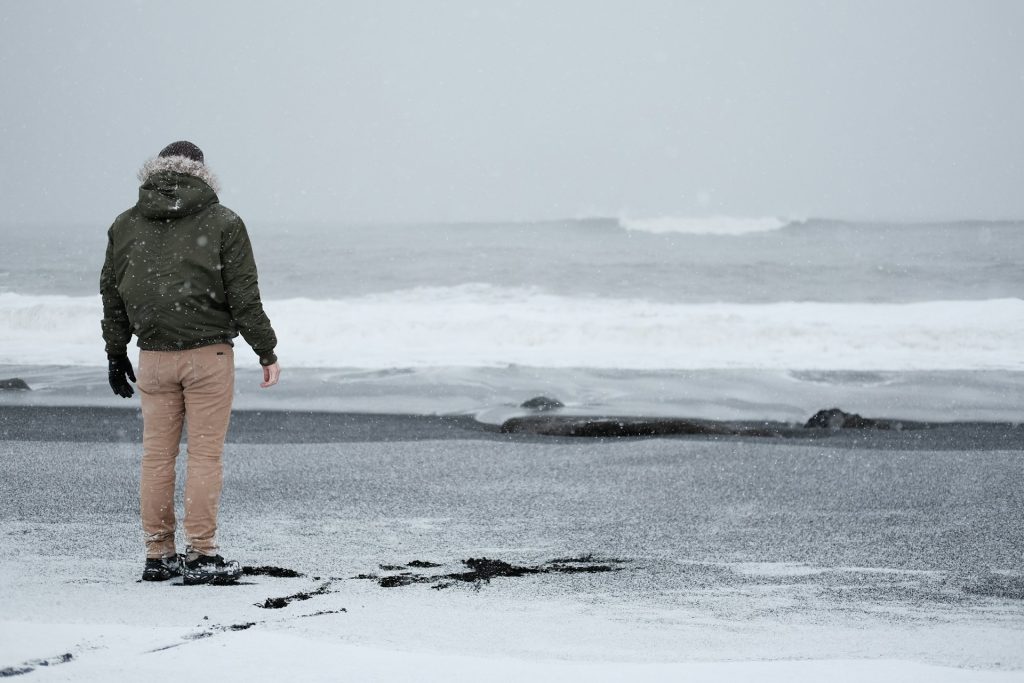
Transportation Insights: Renting a Car in Iceland
The best way to explore Iceland at your own pace is by renting a car, but there are a few key differences to consider depending on the season. Here’s everything you need to know:
Car Rental Options:
- Summer months: During the warmer months, most roads are easily accessible by standard 2WD vehicles. If you’re planning to drive the Ring Road or visit popular tourist destinations, a regular car will suffice. However, if you want to venture into the Highlands or more rugged, off-the-beaten-path locations, a 4×4 vehicle is recommended.
- Winter months: Winter driving requires more preparation. A 4×4 vehicle is a must for navigating icy roads, especially in rural areas or when heading into the mountains. Firefly Iceland offers a variety of winter-ready vehicles equipped with studded tires, ensuring better traction on snowy or icy surfaces. Always check road conditions on road.is and plan accordingly, especially for more remote areas where roads might be closed due to snowstorms.
Driving Conditions:
- Summer: Roads in Iceland are generally in good condition, and the weather is more predictable. However, the busy tourist season means popular routes and attractions can get crowded, so starting early is key to avoiding traffic and fully enjoying your experience.
- Winter: Winter driving can be more challenging due to snow, ice, and potential storms. Always ensure your car is equipped with necessary winter gear, like snow tires, and be aware that some rural roads may be impassable during snowstorms. Stick to the main roads like the Ring Road unless you’re confident in winter driving conditions.
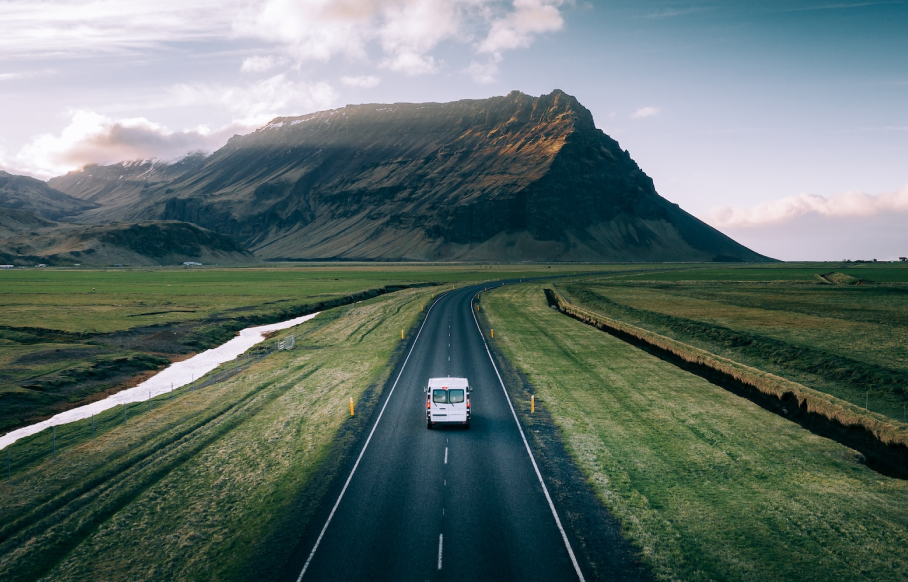
Alternative Transportation:
Public Transport: Iceland has a limited public transportation system. While buses are available in Reykjavik and between major towns, they don’t reach remote parts of Iceland or popular tourist sites like the Golden Circle or South Coast waterfalls.
Local Tours in Iceland: If you’re not comfortable driving in winter conditions or prefer not to rent a car, consider booking a guided tour to take the stress out of navigating the country’s roads. However, for the ultimate flexibility, renting a car is still the best option.
- Related readings: Gas stations in Iceland, How much is gas in Iceland?
Fuel Costs in Iceland summer vs winter
Fuel prices in Iceland are relatively high throughout the year, but they tend to rise slightly in winter due to limited supply in remote areas. It’s wise to fill up your tank whenever possible, especially before heading out on longer drives to avoid running out of fuel in rural areas. Firefly Iceland provides local fuel discount cards to help save a bit at the pump.
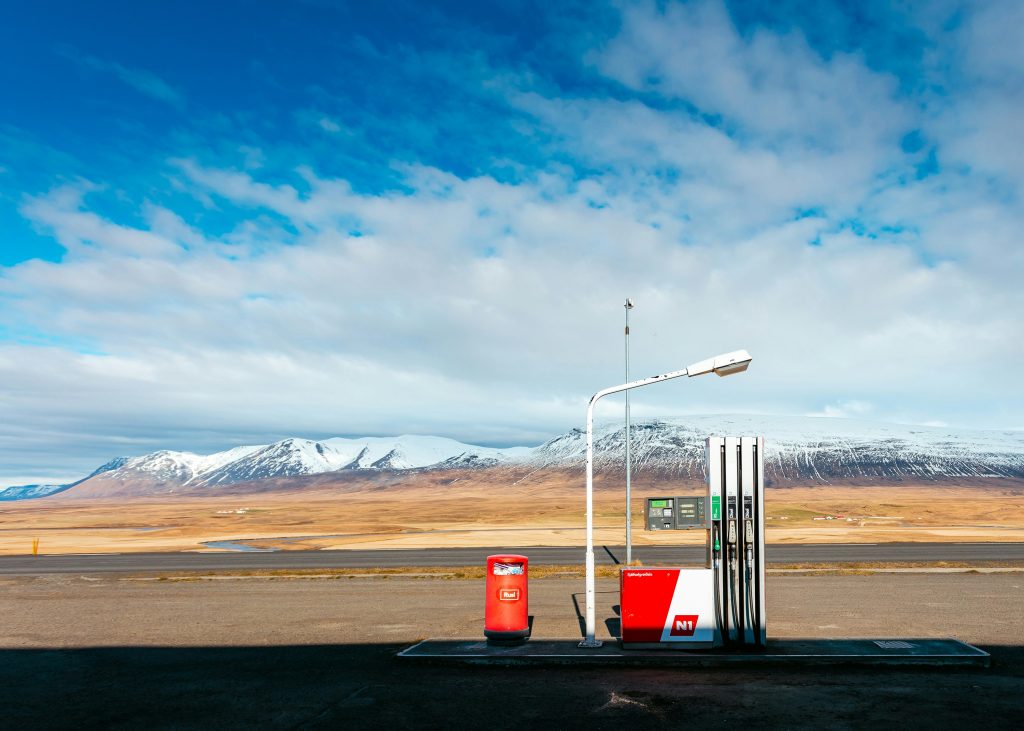
How to Budget for Different Seasons
Summer (June – Aug)
Expect higher prices across the board during Iceland’s peak summer season, including flights, car rentals, accommodations, and activities.
Flight tickets can be particularly expensive, so it’s wise to book them well in advance —ideally several months before your trip. Early planning is also crucial for securing the best deals on accommodations, as popular spots fill up quickly.
Self-driving remains one of the most cost-effective ways to explore, especially when compared to guided tours, allowing you to save while enjoying maximum flexibility.
Winter (Nov – Mar)
Winter is Iceland’s low season, which means you can take advantage of lower prices for flights, car rentals, and accommodations. Flights to Iceland in winter are generally more affordable than in summer, especially if you book outside of major holiday periods.
Rental cars, including 4×4 vehicles necessary for winter driving, are often cheaper during this time. However, factor in extra costs for winter-specific gear, such as studded tires and additional insurance to cover driving in icy conditions. While daylight hours are limited, budgeting for year-round activities like the Northern Lights can help you make the most of your visit without overspending.
- Related readings: What is the Best Time to Go to Iceland? Jan to Dec analysis
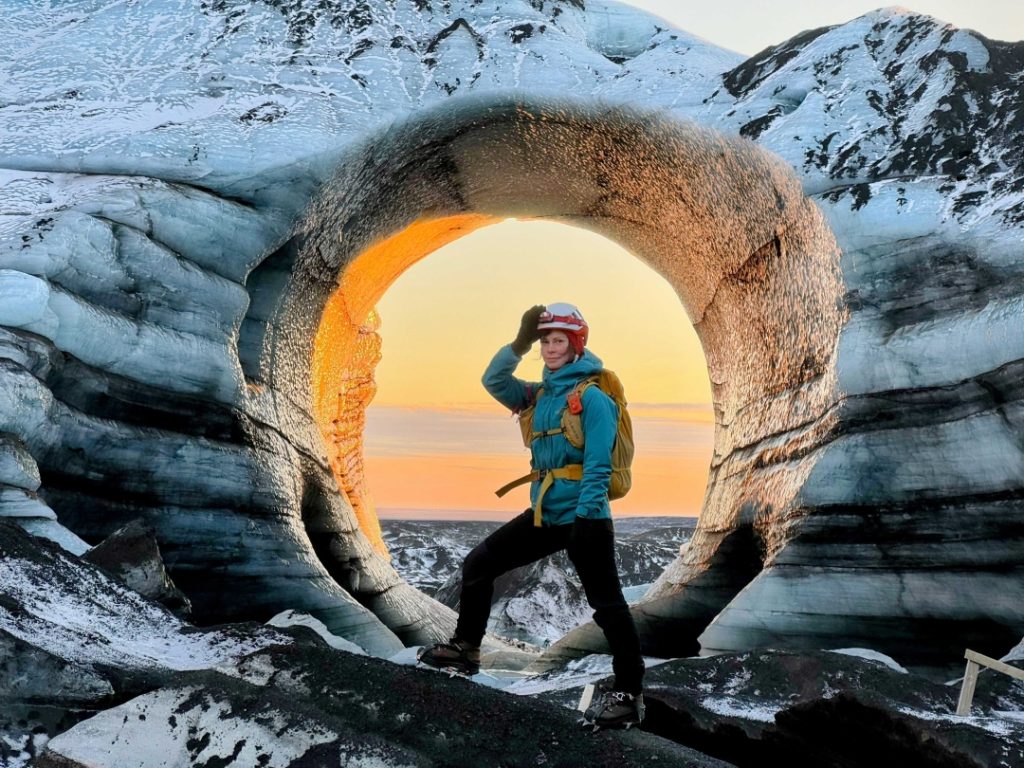
How to Rent a Car in Iceland with Firefly
Renting a car in Iceland with Firefly is extremely easy. Simply visit our website and book your rental car online. You’ll plug in your dates and browse the various car options, all budget-friendly no matter if you’re looking for a standard vehicle or a 4×4.
Firefly Iceland’s office is located at the Keflavik Airport for maximum convenience. Simply land, check in at the desk, and head off on your Icelandic adventures! If it suits your itinerary better, we also offer pickup in Reykjavik.
There’s no better way to explore Iceland than by car and no easier way to do it than picking up a rental vehicle at the airport. Explore at your own pace, discover hidden gems, and create lasting memories self-driving around the island.

Self-Drive Tips for Iceland in a nutshell
Best Time to Visit: The best seasons to visit Iceland if you’re planning a self-drive trip are spring, summer, and fall. Road conditions can deteriorate rapidly in the winter months.
Road Conditions: Road conditions in Iceland vary drastically depending on the time of year. In summer, you’ll face few hazards and you can access the countries F-roads by 4×4, gravel paths that lead to the interior of Iceland. In winter, roads can be treacherous with snow and ice. Many rural roads close during this time of year, including sections of the Ring Road.
Fuel Tips: Come prepared to ante up for gas in Iceland. Fuel is expensive, but luckily, we provide local fuel discount cards with all of our vehicle rentals.
Safety Precautions: Driving in Iceland is probably much more rugged than you’re used to. Research your route well in advance so you aren’t surprised by dirt or gravel roads.
Never drive off road as this can damage the fragile terrain and lead to hefty fines from local authorities. In the winter months especially, be sure to check Iceland’s official website (road.is ) for road conditions. Also keep in mind that no insurance in Iceland covers damage to the underside of the vehicle!
Conclusion
Four days in Iceland offers the perfect balance of adventure, relaxation, and fun!
Rent a car with Firefly Iceland for an unforgettable journey without an unforgettable price tag. You’ll be signing up for an affordable and reliable vehicle with all the flexibility your dream trip to Iceland requires.
